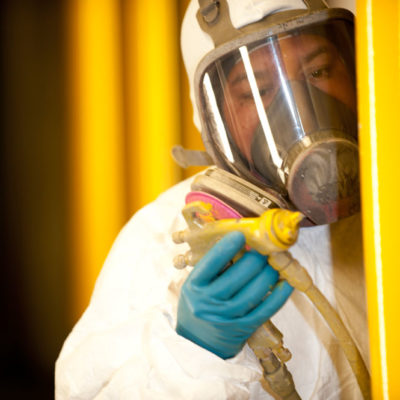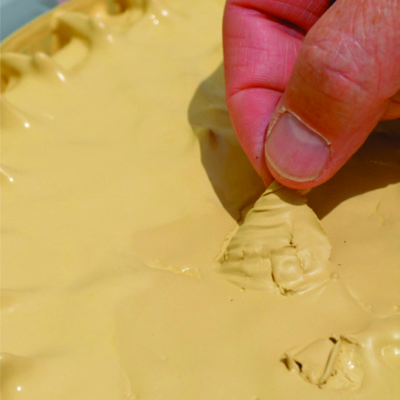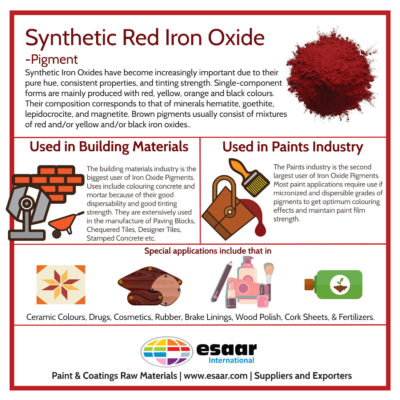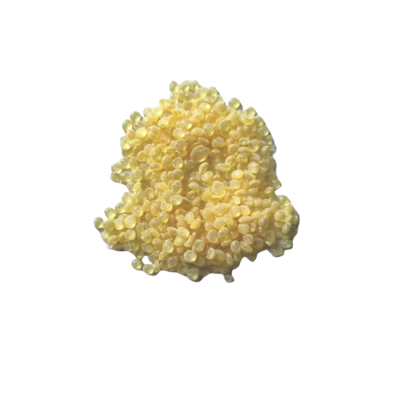When it comes to paints, especially those bright and vibrant ones, titanium dioxide is often at the centre of attention. But, like any superstar, it has its share of myths and misconceptions.
Let’s debunk the top 10 titanium dioxide paint myths and uncover the truth.
Myth 1: Titanium dioxide in paint is toxic.
– Fact: Titanium dioxide used in paints is generally safe. It’s a common ingredient in many household products, including food items, cosmetics, and pharmaceuticals. However, like many substances, inhaling fine particles of titanium dioxide can be harmful, so it’s essential to follow safety precautions when handling it in its powder form.
Myth 2: Titanium dioxide in paint causes cancer.
– Fact: The type of titanium dioxide used in paint is considered low-risk. It’s not classified as a carcinogen by reputable health agencies. It’s crucial to distinguish between different forms of titanium dioxide, as the risk can vary. The kind used in paints is generally not associated with cancer.
Myth 3: Titanium dioxide is harmful to the environment.
– Fact: Titanium dioxide is used in many environmentally responsible paints. It’s non-toxic, non-hazardous, and doesn’t pose significant environmental risks. In fact, it’s often used to create more durable and longer-lasting coatings, reducing the need for frequent repainting and waste.
Myth 4: Titanium dioxide makes paint less durable.
– Fact: Titanium dioxide is known for its durability and protective properties. It enhances the paint’s ability to resist UV radiation, moisture, and abrasion, making the painted surface more robust and long-lasting.
Myth 5: Titanium dioxide is only used in white paint.
– Fact: While it’s true that titanium dioxide is a common ingredient in white paint because of its brilliant white color, it’s also used in colored paints. It acts as a colorant and helps achieve the desired shade, as well as the brightness of the paint.
Myth 6: Paints with titanium dioxide are always more expensive.
– Fact: While titanium dioxide can add to the cost of paint, it’s also a high-quality pigment that enhances the paint’s coverage and durability. This can result in less frequent repainting and long-term savings. Additionally, there are various paint options available at different price points.
Myth 7: Titanium dioxide paint is hard to clean.
– Fact: Paints with titanium dioxide are generally easy to clean. Their durability and resistance to stains and dirt make them a suitable choice for high-traffic areas and places where cleanliness is essential.
Myth 8: Titanium dioxide is being replaced by other pigments.
– Fact: Titanium dioxide remains a popular and essential pigment in the paint industry. While there are ongoing developments in paint technology, titanium dioxide’s unique properties, such as its opacity and UV resistance, make it difficult to replace entirely.
Myth 9: Titanium dioxide is only used in interior paints.
– Fact: Titanium dioxide is used in both interior and exterior paints. Its UV-resistant properties are particularly valuable in outdoor applications, where paints need to withstand sunlight and weather conditions.
Myth 10: Titanium dioxide isn’t essential for high-quality paint.
– Fact: Titanium dioxide is often a key component of high-quality paints. Its ability to improve opacity, color retention, and durability are highly valued in the paint industry. While other pigments are available, titanium dioxide remains a go-to choice for achieving top-notch paint results.
In conclusion, titanium dioxide is a crucial and versatile ingredient in the world of paints. While it may have faced its share of myths, the truth is that it’s generally safe, durable, and environmentally responsible.
It contributes to the quality and longevity of paints and is used in various applications, both inside and outside.
Debunking these myths helps us better understand the benefits and mportance of titanium dioxide in the world of paint.











Leave a Reply